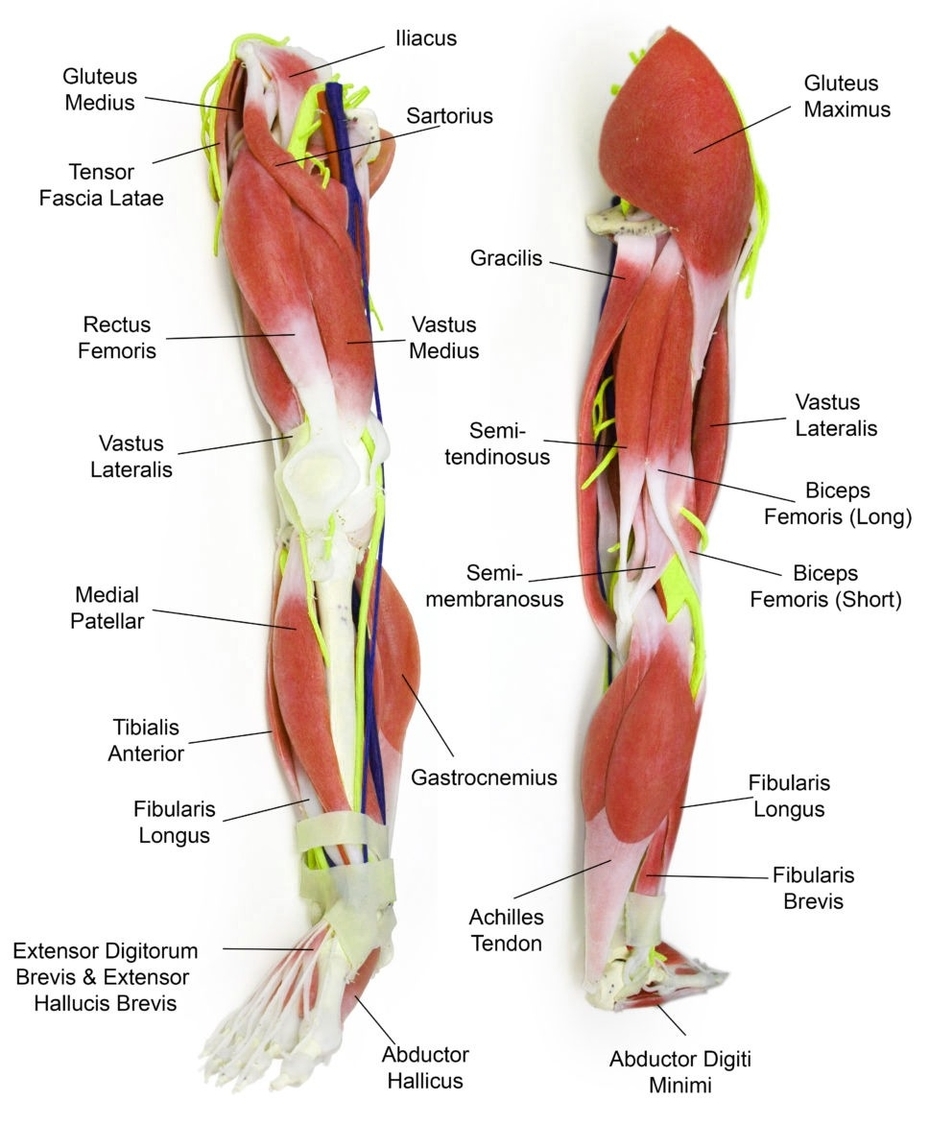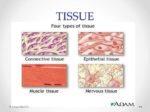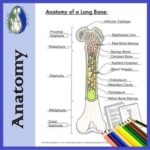The human leg, anatomically defined as the region of the lower limb from the knee to the ankle, is a complex structure composed of numerous muscles that work in harmony to facilitate movement, support body weight, and maintain balance.
Upper Leg Muscles
The upper leg, or thigh, houses two primary muscle groups: the quadriceps and the hamstrings.
1. Quadriceps: Located at the front of the upper leg, the quadriceps are large muscles responsible for extending the knee and flexing the thigh at the hip joints.
2. Hamstrings: Positioned at the back of the upper leg, the hamstrings work in opposition to the quadriceps, playing a crucial role in bending the knee and extending the hip.
Lower Leg Muscles
The lower leg is divided into three compartments: anterior, posterior, and lateral, housing a total of 13 separate muscles.
1. Anterior Compartment: This group includes the tibialis anterior, extensor digitorum longus, fibularis tertius, and extensor hallucis longus. These muscles primarily produce dorsiflexion of the foot at the ankle joint, an action particularly important for the swing phase of the gait cycle.
2. Posterior Compartment: Comprising of the gastrocnemius, plantaris, soleus, tibialis posterior, flexor hallucis longus, popliteus, and flexor digitorum longus muscles, this group primarily produces plantar flexion of the foot at the ankle joint, an action important for the toe-off phase of the gait cycle.
3. Lateral Compartment: This group consists of the fibularis longus and fibularis brevis, which mainly produce eversion of the foot at the subtalar joint, playing an important role in maintaining balance.
Additional Muscles
In addition to these primary groups, the adductor muscles located along the inner thigh play a crucial role in moving the leg toward the midline of the body. The muscles along the front of the lower leg, known as the shins, and those along the back of the lower leg, known as the calves, also contribute significantly to leg movement and stability.
Function and Care
The leg muscles work in concert with bones, tendons, and ligaments to stabilize the body, support weight, and facilitate movement. They enable actions such as walking, running, jumping, standing on toes, and flexing feet. Muscle strains in the legs, often resulting from strenuous exercise or overuse, are common injuries. To keep leg muscles strong and healthy, it’s recommended to warm up before physical activity and maintain a healthy weight.
In conclusion, the anatomy of leg muscles is intricate and multifaceted, with each muscle group playing a unique role in facilitating movement and maintaining stability. Understanding this anatomy can provide valuable insights into human locomotion and the prevention of leg-related injuries..



